Innovative Cargo Container Buildings Transforming Urban Living Spaces
In recent years, innovative cargo container buildings have emerged as a dynamic solution to urban living challenges. These versatile structures not only address the pressing need for affordable housing but also promote sustainable development in densely populated areas.
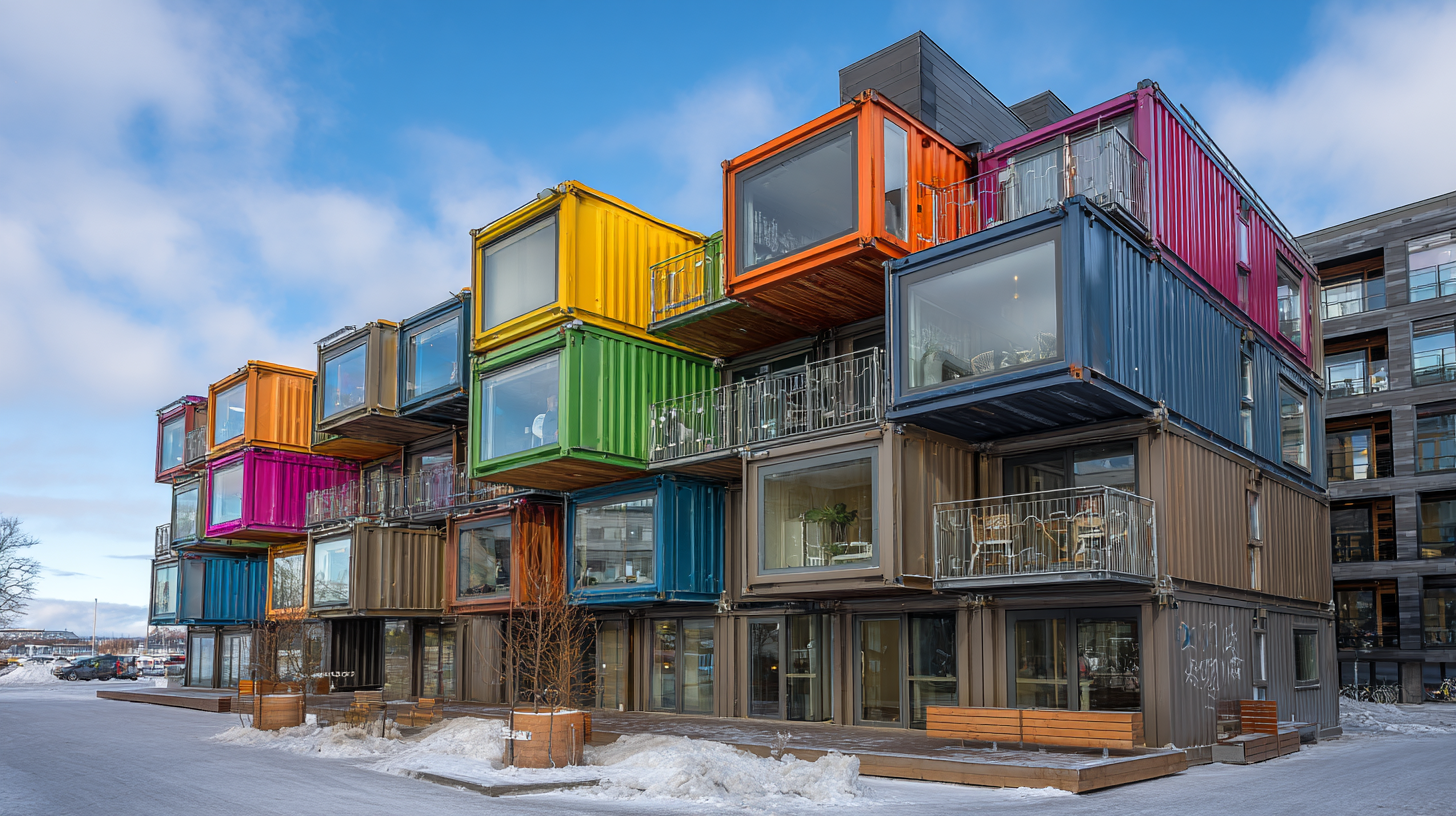 As cities continue to grapple with space constraints and rising real estate costs, cargo container buildings offer a unique opportunity for adaptive reuse, transforming shipping containers into functional living spaces. By leveraging the durability and portability of these containers, urban planners and architects are redefining city landscapes and creating vibrant communities. This transformative approach not only enhances urban density but also encourages creativity, sustainability, and resilience in the face of rapid urbanization.
The exploration of cargo container buildings presents a compelling case for a new era of architectural innovation that seeks to harmonize the demands of modern living with environmental consciousness and social equity.
As cities continue to grapple with space constraints and rising real estate costs, cargo container buildings offer a unique opportunity for adaptive reuse, transforming shipping containers into functional living spaces. By leveraging the durability and portability of these containers, urban planners and architects are redefining city landscapes and creating vibrant communities. This transformative approach not only enhances urban density but also encourages creativity, sustainability, and resilience in the face of rapid urbanization.
The exploration of cargo container buildings presents a compelling case for a new era of architectural innovation that seeks to harmonize the demands of modern living with environmental consciousness and social equity.
Exploring the Concept of Cargo Container Architecture in Urban Design
The concept of cargo container architecture has become an intriguing focal point in urban design, revolutionizing the way we perceive living spaces in densely populated areas. These repurposed steel boxes, initially designed for shipping goods across oceans, provide a sustainable and cost-effective alternative to traditional construction methods. By utilizing cargo containers, architects and urban planners can create modular living units that are not only versatile but also environmentally friendly. The ability to stack and arrange these containers in innovative configurations allows for creative designs that maximize space efficiency and meet the diverse needs of urban dwellers.
Exploring the integration of cargo containers into urban environments reveals their potential to address affordable housing shortages and promote sustainable living. Container buildings can be rapidly deployed and customized for various uses, including residential complexes, community centers, and even pop-up shops. Their inherent mobility allows cities to adapt to changing demographics and economic conditions, making them a dynamic solution for modern urban challenges. As we rethink the architecture of our cities, cargo containers emerge as a symbol of innovation, blending practicality with an aesthetic that resonates with contemporary urban culture.
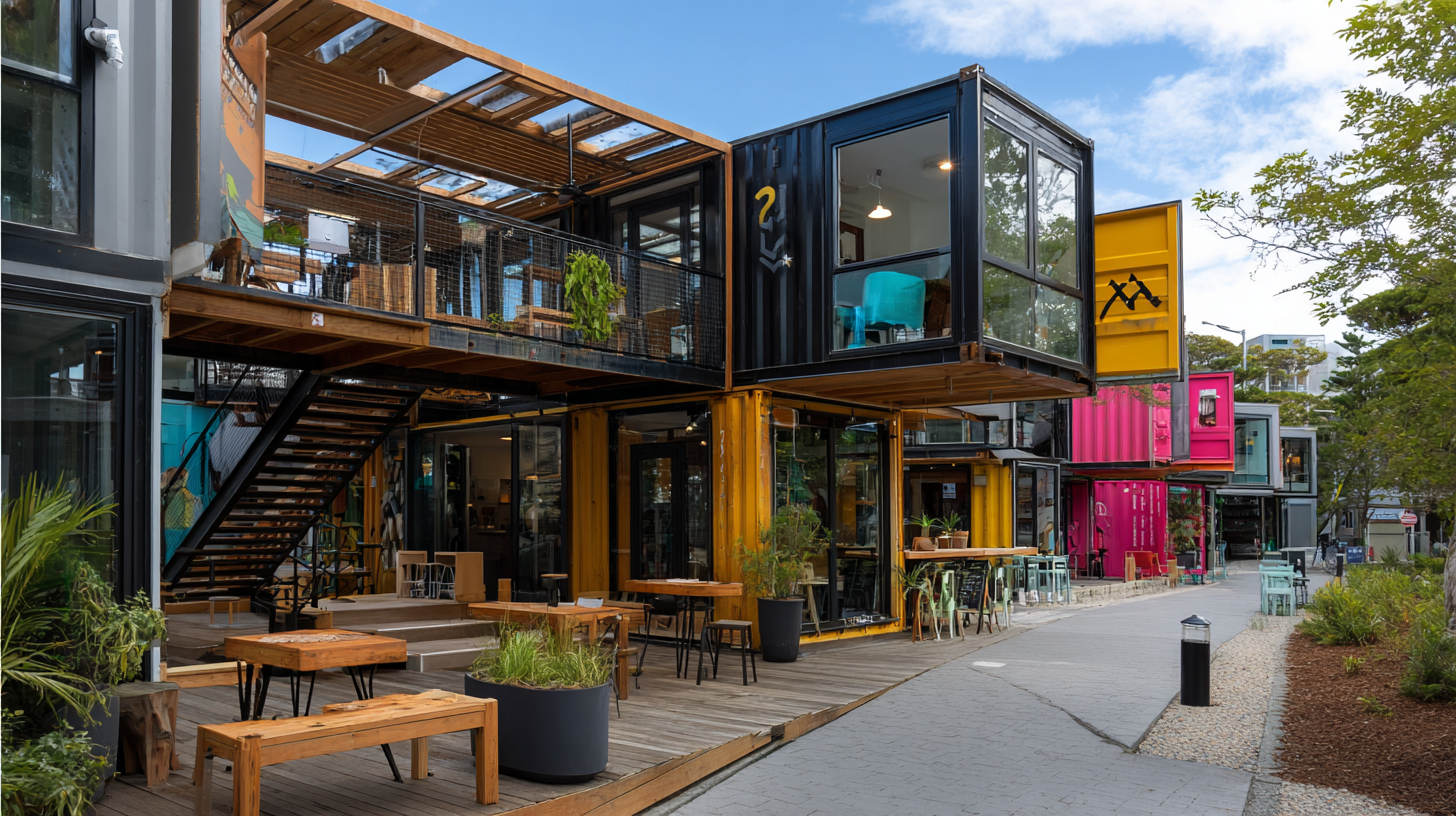
Key Steps for Designing Innovative Cargo Container Living Spaces
Designing innovative cargo container living spaces requires a strategic approach that considers both aesthetics and functionality. First and foremost, proper site selection is essential. Urban environments often have unique space constraints and zoning regulations that must be navigated. By analyzing local building codes and environmental impacts, designers can create spaces that not only meet legal requirements but also harmonize with the existing urban fabric.
Once the site is chosen, the next step is to focus on the interior layout and design. Cargo containers, with their modularity and strength, allow for creative configurations. Incorporating features such as open floor plans, large windows, and sustainable materials can significantly enhance livability. Additionally, integrating modern amenities and technology, including energy-efficient systems and smart home capabilities, can transform these spaces into comfortable, modern homes. Finally, addressing outdoor space, even in small urban settings, can further enrich the living experience by providing areas for plants, relaxation, and community interaction.
Sustainable Practices in Building with Cargo Containers
Innovative cargo container buildings are emerging as a transformative solution for urban living, aligning perfectly with sustainable practices that are increasingly vital in today’s construction industry. Utilizing recycled materials such as cargo containers significantly reduces the carbon footprint associated with traditional building methods. Reports indicate that the construction industry accounts for roughly 8% of global CO2 emissions, highlighting a pressing need for eco-friendly alternatives. By repurposing shipping containers, urban developers can not only cut down on waste but also create unique and affordable housing options.
Moreover, as the global demand for sustainability grows, companies across the logistics and construction sectors are adopting greener practices. For instance, the freight forwarding industry is facing intense scrutiny to diminish its environmental impact, prompting a shift towards sustainable supply chain solutions. Recent trends suggest that organizations are increasingly investing in technologies that enhance operational efficiency while minimizing carbon emissions. The implementation of such sustainable practices, coupled with innovative architectural approaches utilizing cargo containers, presents a compelling strategy for addressing urban housing shortages while promoting environmental stewardship.
Creative Interior Solutions for Cargo Container Homes
In recent years, the use of cargo containers as residential spaces has gained significant traction in urban development, leading to innovative interior solutions that redefine how we live. According to a report by the Structural Engineers Association, the adaptability of these containers offers flexible design opportunities that are both sustainable and cost-effective. With an initial investment of roughly 20-30% less than traditional construction, container homes not only appeal to budget-conscious consumers but also minimize resource usage, which aligns with growing environmental concerns.
The creative interior solutions being implemented in cargo container homes are noteworthy. Designers are reimagining small spaces with multifunctional furniture and smart storage options, effectively maximizing every square foot. A study published in the Journal of Urban Design highlights that container homes can achieve up to 75% efficiency in space utilization compared to conventional homes. This efficiency is crucial in urban areas where property prices are skyrocketing, and every bit of space counts. Innovations such as modular designs and eco-friendly materials further contribute to the appeal of these structures, showcasing a forward-thinking approach to sustainable urban living.
Innovative Cargo Container Buildings Transforming Urban Living Spaces
Case Studies: Successful Cargo Container Projects in Urban Environments
In recent years, cargo container buildings have emerged as a transformative solution for urban living spaces, addressing both housing shortages and sustainability concerns. One notable case study is the "Container City" project in London, which has successfully turned decommissioned shipping containers into vibrant living and working spaces. According to a report by the United Nations, urban areas are expected to accommodate an additional 2.5 billion people by 2050, highlighting the urgency for innovative housing solutions. With container homes costing about 30-50% less than traditional construction, they offer an economical alternative for cities grappling with escalating real estate prices.

Another exemplary initiative is the "Cargotecture" concept in Portland, Oregon, where developers have converted shipping containers into affordable housing units. A study published by the Housing Innovation Collaborative stated that these projects not only utilize reclaimed materials but also promote energy efficiency—container buildings can reduce energy consumption by up to 40% compared to conventional homes. As urban centers continue to evolve, these innovative cargo container projects are paving the way for creative, eco-friendly, and cost-effective solutions in urban environments.
Related Posts
-
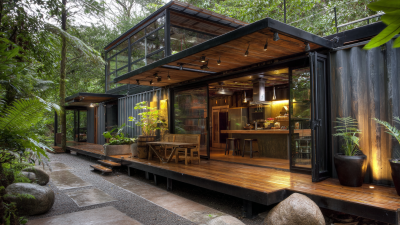
Innovative Design Ideas for Sustainable Living with Freight Container Homes
-
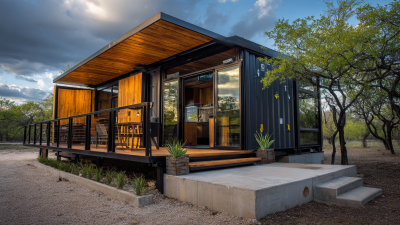
Unlocking the Potential of Custom Built Shipping Containers for Sustainable Living Solutions
-

Revolutionizing Modern Architecture: The Rise of Cargo Container Construction in Sustainable Living
-
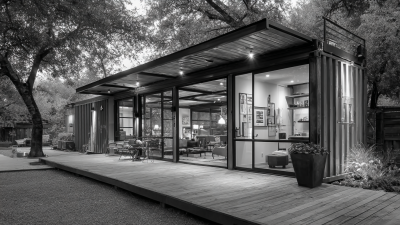
Exploring the Rise of Shipping Container Houses: A Sustainable Solution for Affordable Housing
-
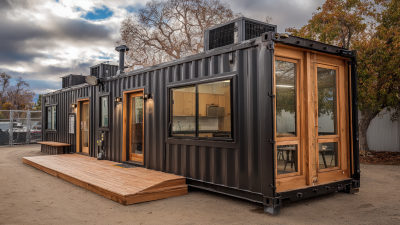
Transform Your Space: How Custom Built Shipping Containers Revolutionize Sustainable Living Solutions
-
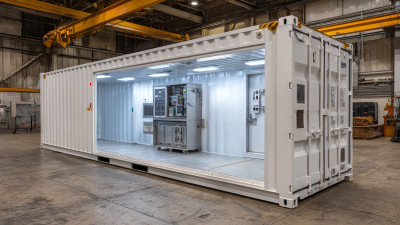
Unlocking the Potential: Innovative Uses for Specialty Shipping Containers in Modern Industries

